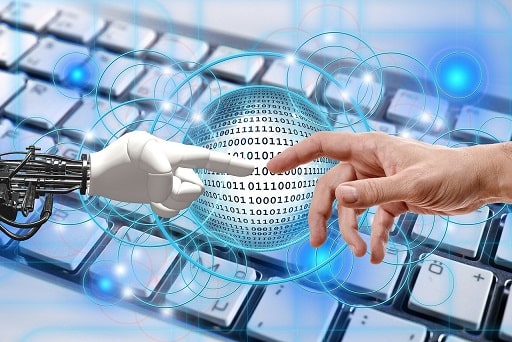
Robotics and Robotic Process Automation (RPA) are two related but distinct fields of technology.
Robotics is the use of robots to automate tasks that were previously performed by humans. Robots can be programmed to perform a wide range of tasks, from assembling products on a manufacturing line to exploring the depths of the ocean or space. Robotics combines a range of technologies, including computer science, electronics, and mechanical engineering.
RPA, on the other hand, is the use of software robots to automate routine and repetitive tasks in business processes. RPA technology enables organizations to automate tasks such as data entry, form filling, and report generation, freeing up employees to focus on more complex and strategic work. RPA technology is typically used in back-office functions, such as finance and accounting, and requires little to no coding skills.
Both Robotics and RPA have numerous benefits, including:
Increased efficiency: Robots and RPA can perform tasks faster and more accurately than humans, leading to increased efficiency and productivity.
Cost savings: By automating tasks, organizations can reduce labor costs and improve overall operational efficiency.
Improved quality: Robots and RPA can perform tasks with greater accuracy and consistency than humans, leading to improved quality.
Safety: Robots can perform dangerous or hazardous tasks, reducing the risk of injury to humans.
However, there are also concerns about the impact of Robotics and RPA on employment, as automation may lead to job displacement and the need for workers to reskill to remain employable in the future.
Products
- Apartment Management Software
- Automobile Management Software
- Complaint Management Software
- CRM Management Software
- CA Farm Management Software
- ECommerce Management Software
- Energy Management Software
- ERP with GST Management Software
- Fleet Management Software
- Garage Management Software
- Garment/Fashion Industry Software
- Hospital Management Software
- Hotel Management Software
- Human Resource Management Software
- Industrial Management Software
- Learning Management Software
- Library Management System
- Medical/Dental Clinic Software
- Payroll Management Software
- Project Management Software
- Realestate Management Software
- Sales Management CRM
- Security & Manpower Management Software
- Jewellery Management Software
Services
- Android Application Development
- IOS Application Development
- Windows Application Development
- Web Application Development
- Game Development
- Digital Marketing
- Search Engine Optimization
- Company Branding
- Explainer Video
- Ecommerce Development
- Search Engine Marketing
- Social Media Marketing Services
- Online Payment Gateway
- Business Development Services
- Global IT Consulting & Outsourcing
Research & Development
Industries
- Hospitality Industry
- Insurance Sector
- Educational/Non Profit
- Retail Business
- Consumer Goods
- Human Resource Industry
- Software Technologies
- Manufacturing Sector
- Oil and Gas Sector
- Financial Services
- Transportation and Logistics
- Trading Industry
- Textile Industry
- Realestate and Construction
- Energy Sector
- Health Sector
Business Partnership
Hire, Train & Deploy Program
Learn & Earn Program
On / Off Campus Drive
Join the Revolution
- Current Job Openings
- Apply For A Job
- Freelancing
- External Consultant
